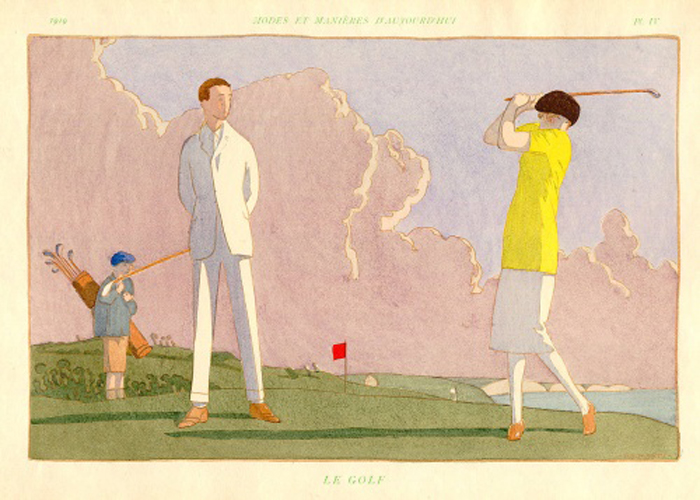
André E. Marty
At the turn of the century, luxury fashion magazines featured artwork made by the French print-making practice known as pochoir. Once a line drawing had been created and analyzed, a craftsman known as a découpeur would cut out stencils with a knife. In the early days of pochoir, stencils were made of lightweight metals like copper and aluminum, but by the 1920s, most stencils were created from celluloid or plastic. Stencils created by the découpeur would be passed on to the coloristes. The coloristes applied the pigments using a variety of different brushes and methods of paint application to create the finished pochoir print. The result of all this attention to detail and care was an appealing work of multi-dimensional art.
“[One of the] trademarks of pochoir is that the thick paint medium, gouache, causes a build up against the stencil’s edge resulting in a surface elevation that can be both seen and felt. The visible bristle traces result when a brush is moved straight across a stencil-a visual and tactile element resulting from the manual execution of the print. With varying pressure on the brush, a shading, or gradation, affects the printed results. Textural variety is achieved by varying the technique for applying the paint: daubing, spraying, spattering, or sponging are the most common choices. Transparent watercolor can be imposed on top of a thick opaque gouache to create a unique contrast. These elements typify the unique quality of each pochoir print.” Charles Rahn Fry, “The Stencil Art of Pochoir”
In the Art Nouveau and Art Deco eras, pochoir was the most popular method of creating watercolor or gouache fashion and design illustrations, and none did it better than the darling of Paris’ Golden Age of Illustration, André Édouard Marty. His more artistic works often included (female) nudes, but his method was so soft and dreamlike, they came across as innocent rather than scandalous.
Marty’s work was featured in Vogue, Harper’s Bazaar, Vanity Fair, House & Garden, and a number of popular French publications of the day. He also illustrated theater posters including a number of famous ones for the Ballets Russes and the Théâtre National de l’Opéra.
I hope you enjoy these beautiful works of art as much as I did!
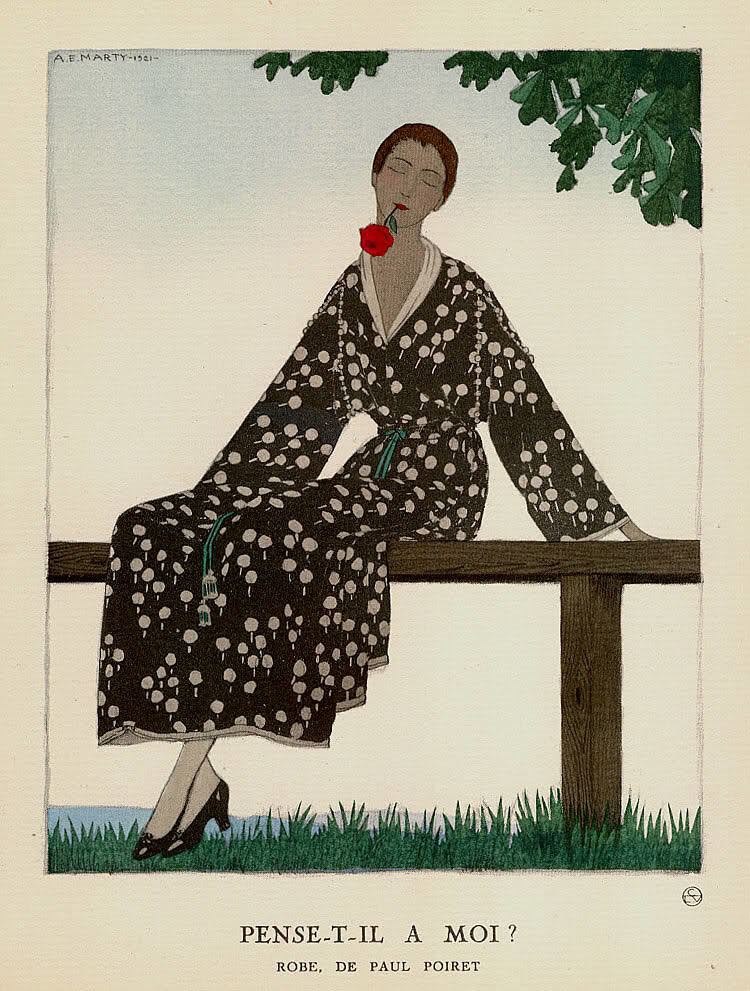
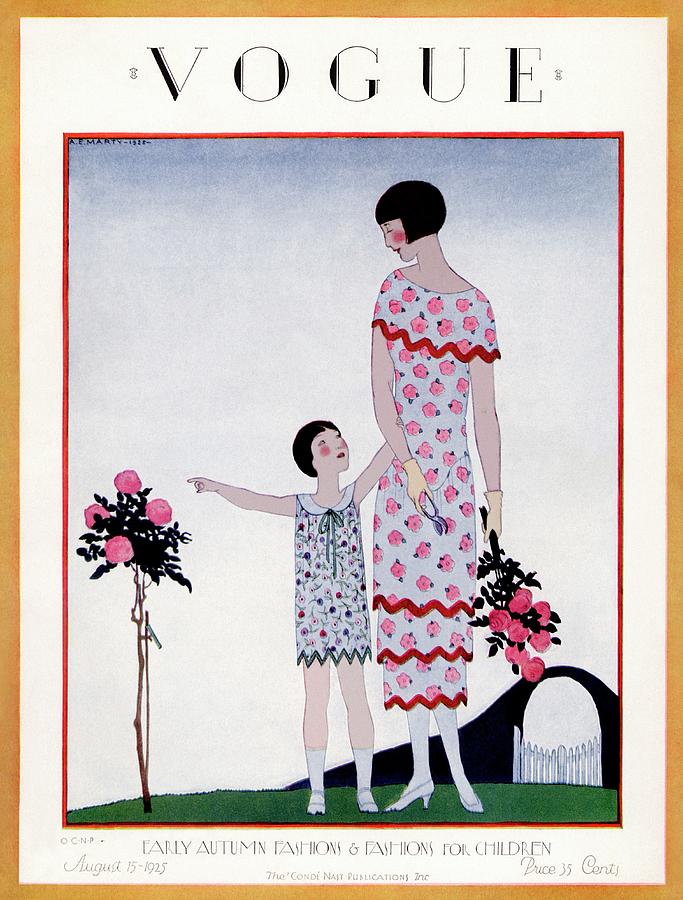
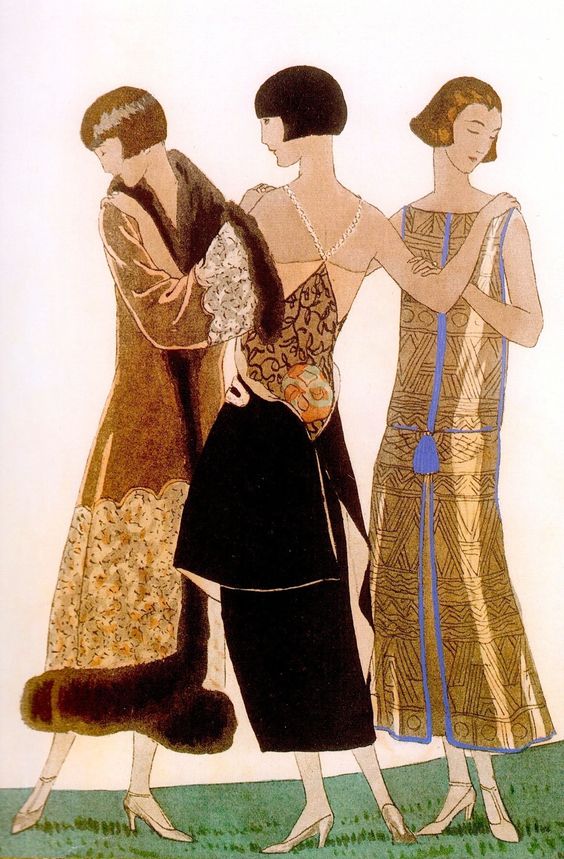
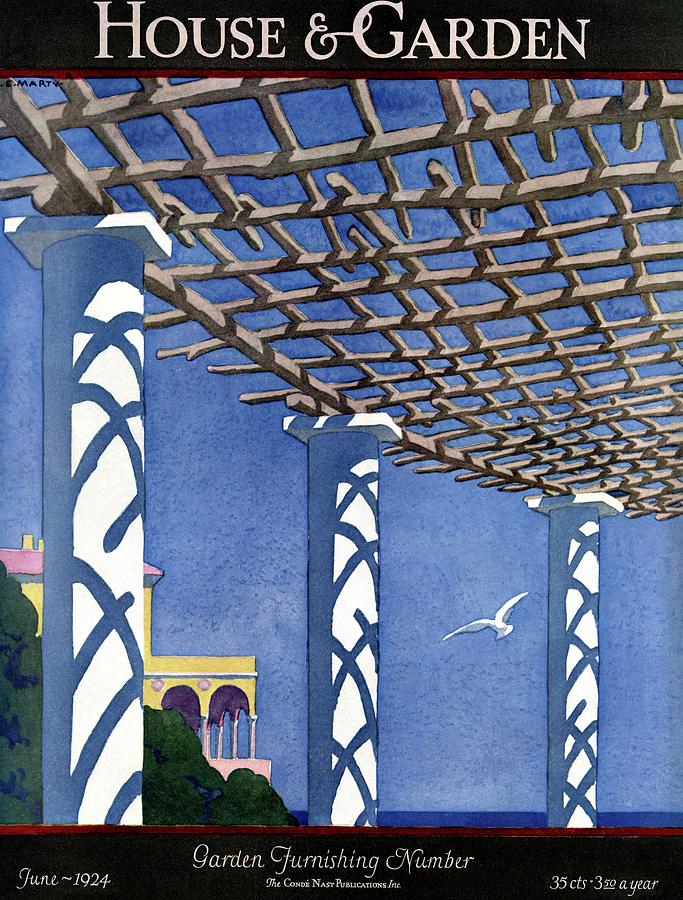
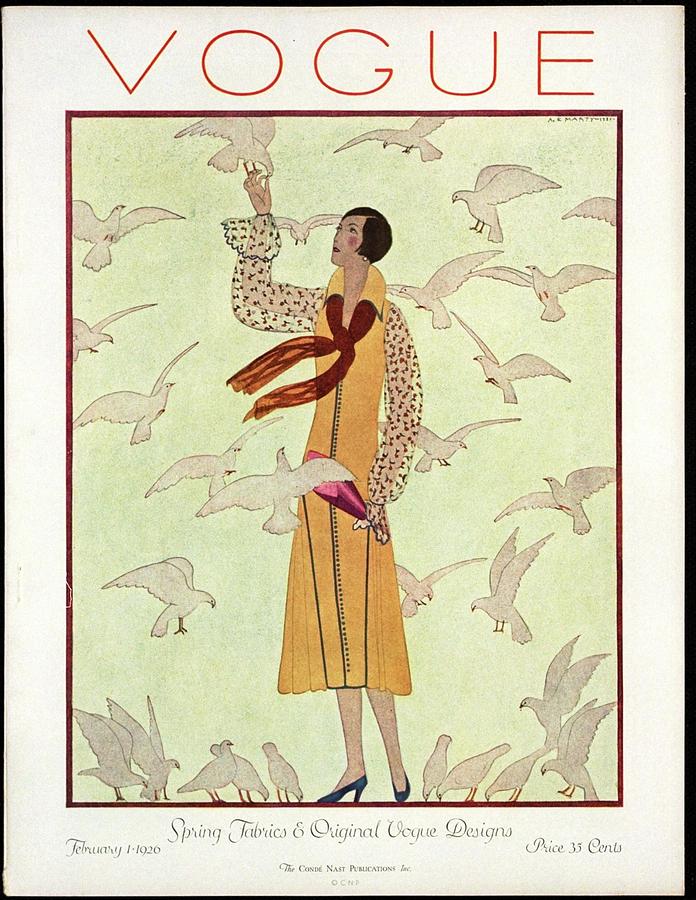
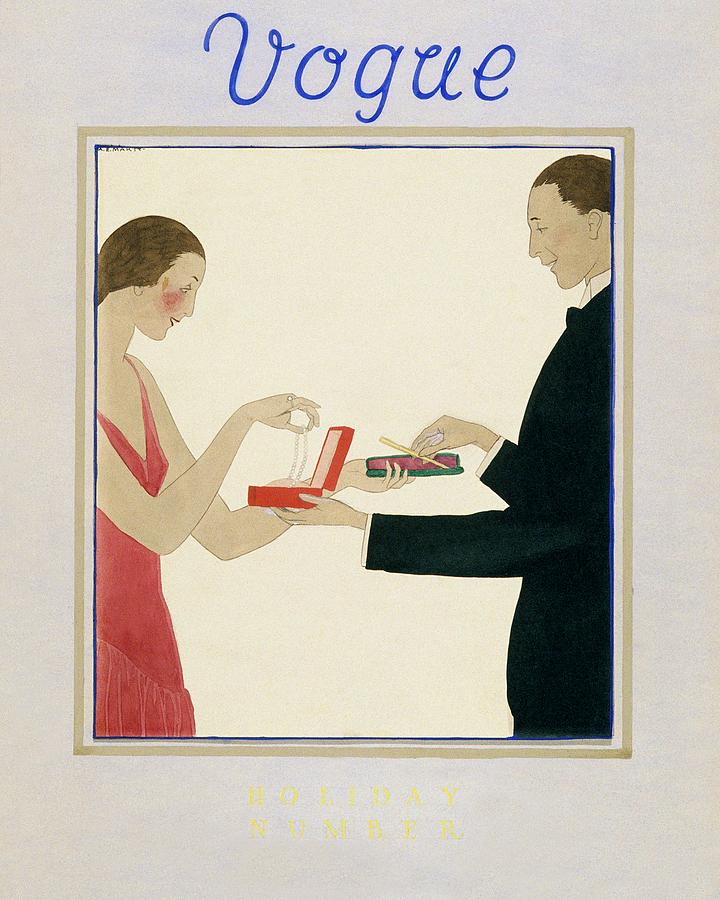
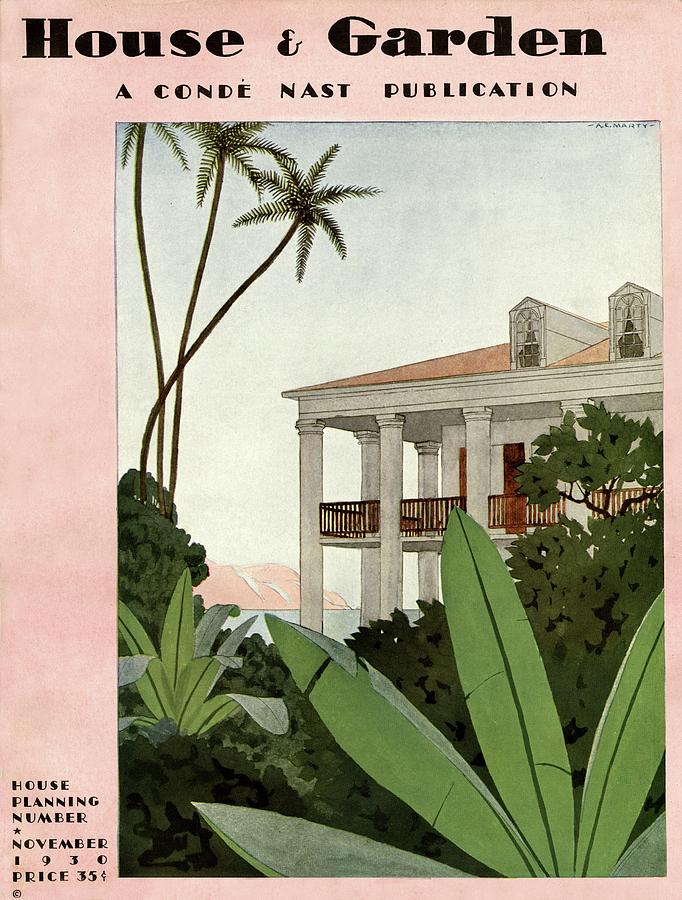
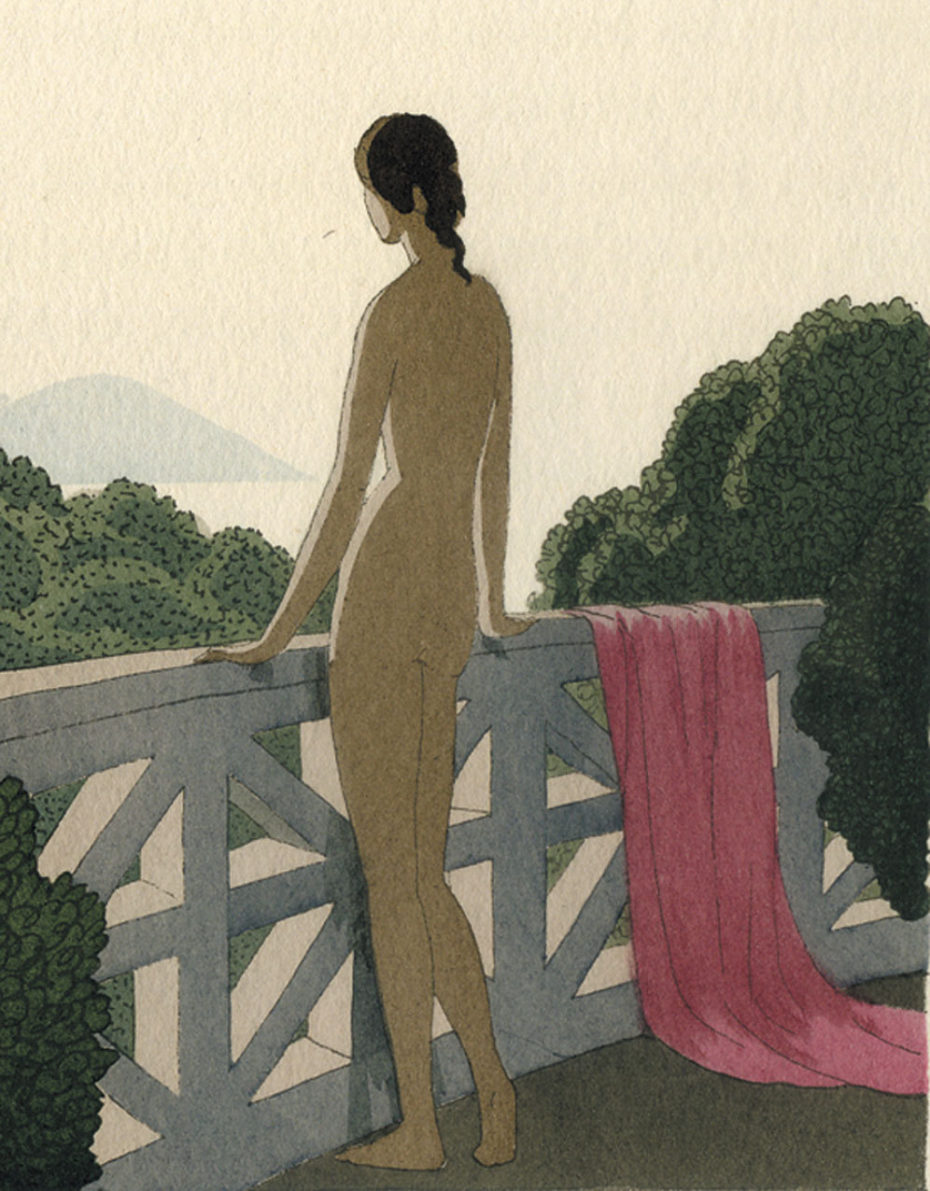
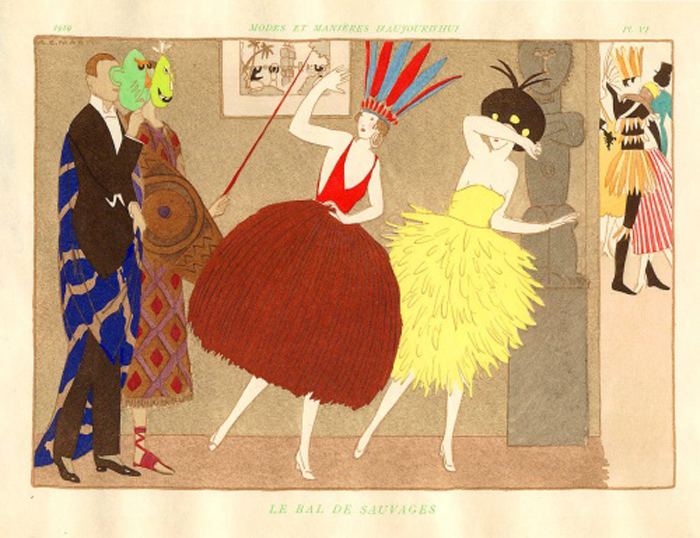
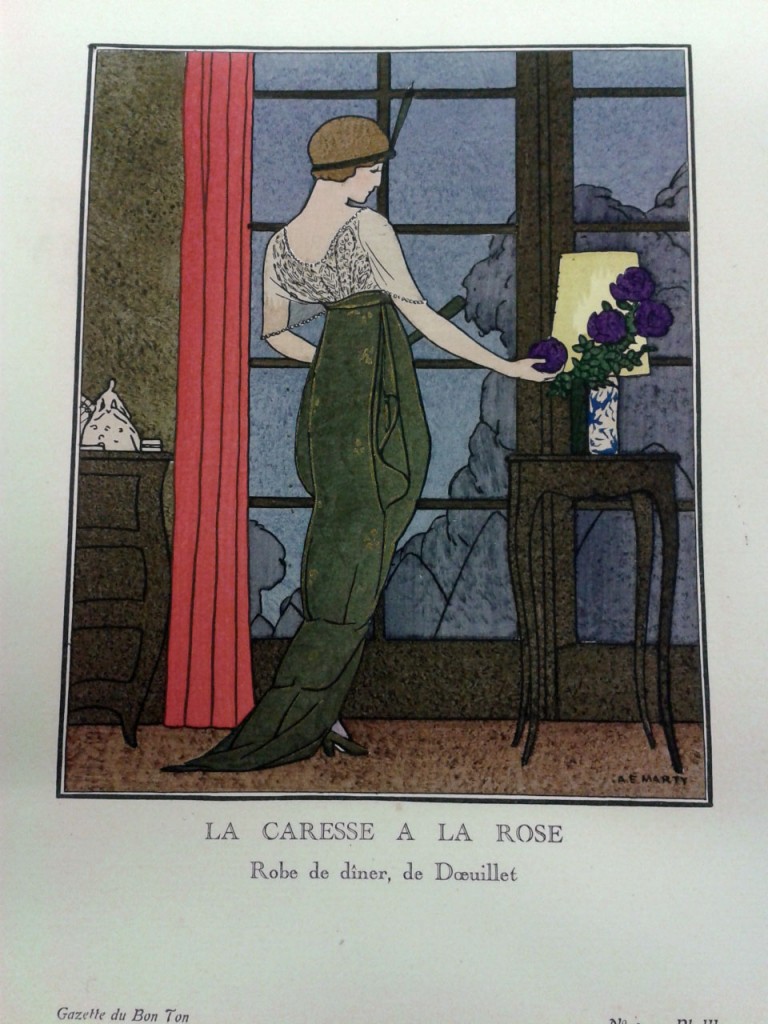
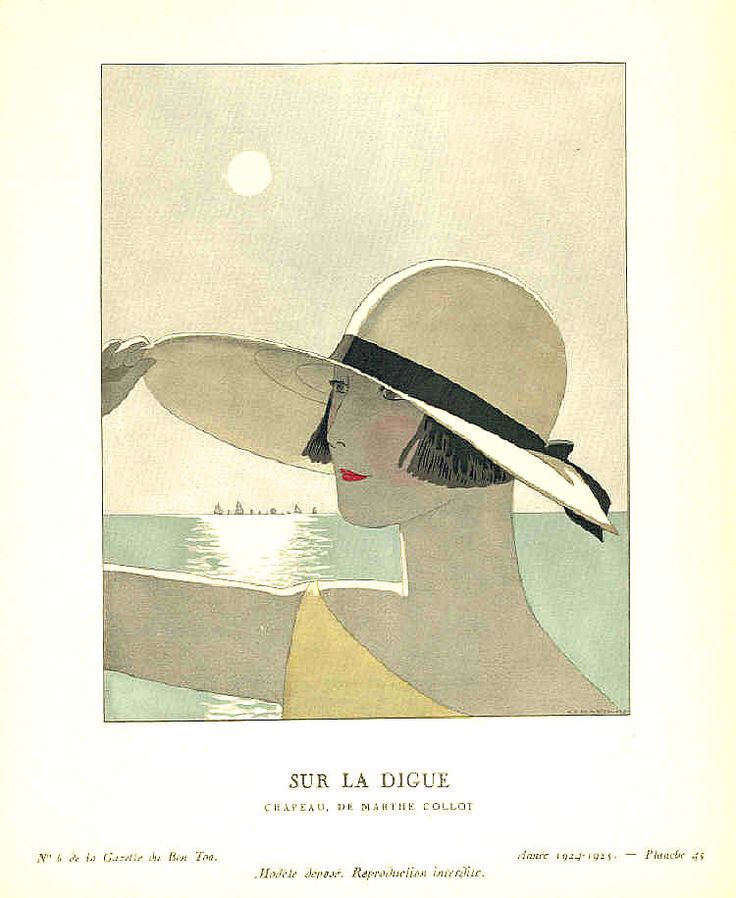
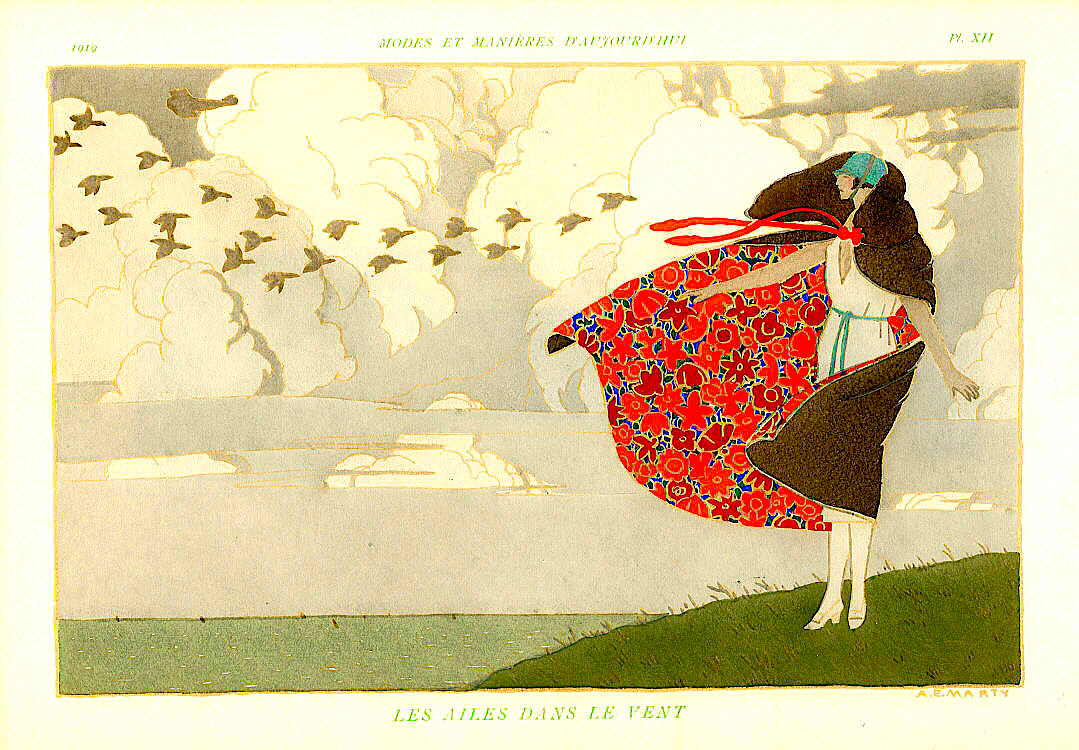
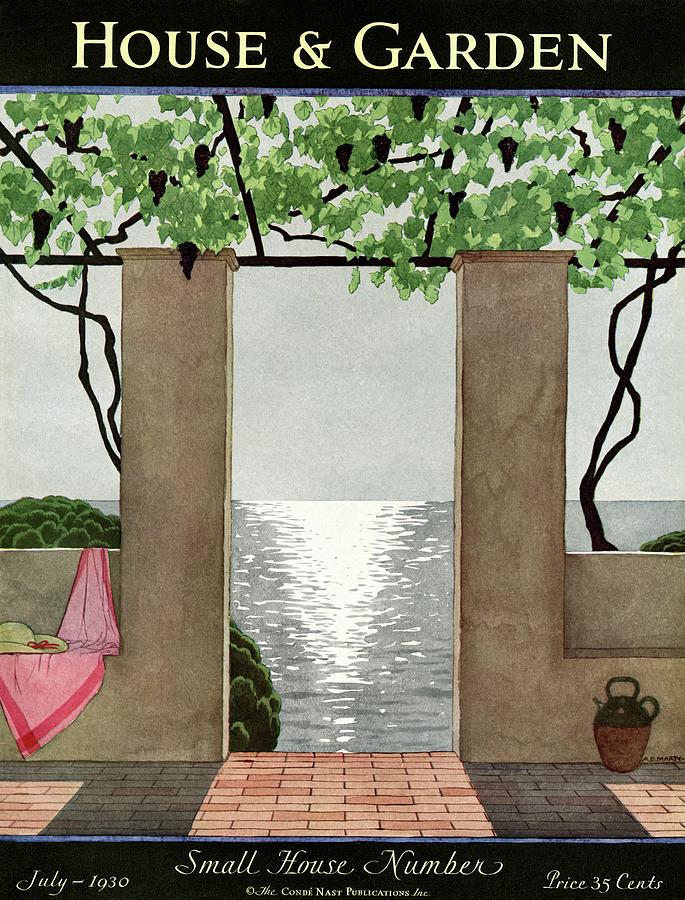
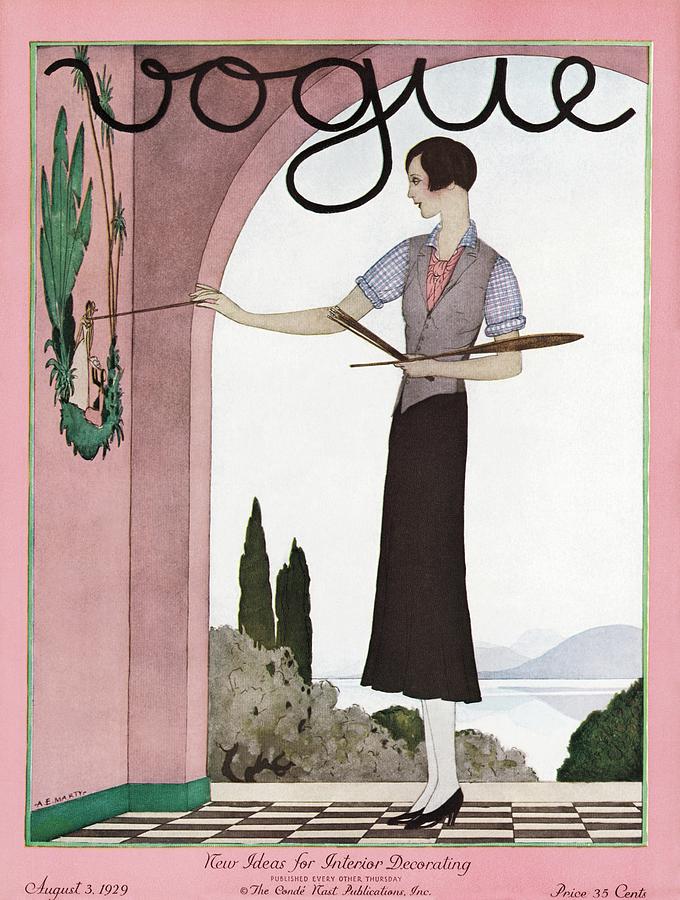
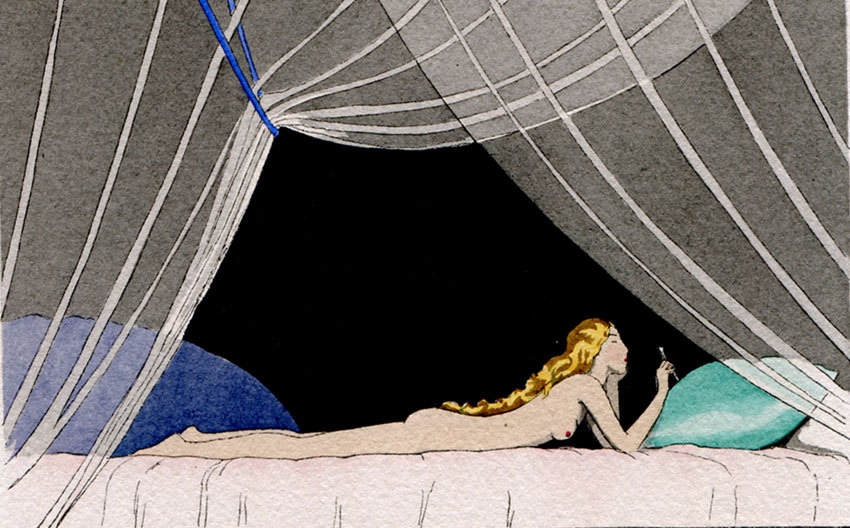
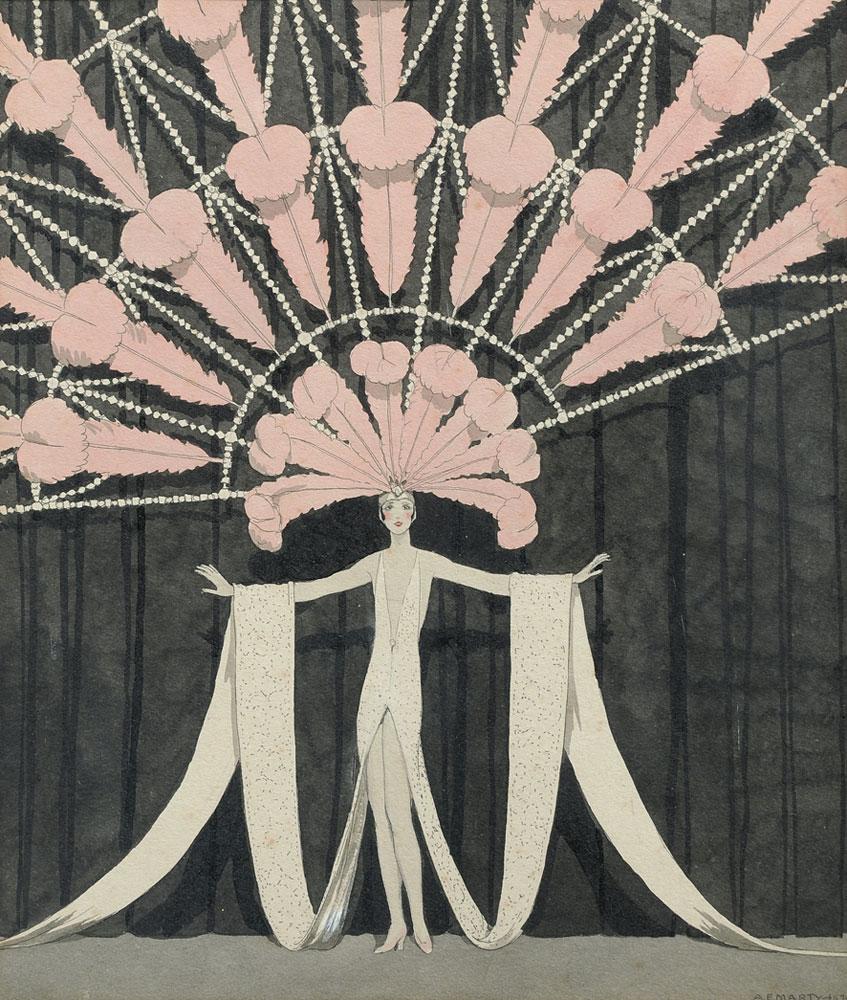
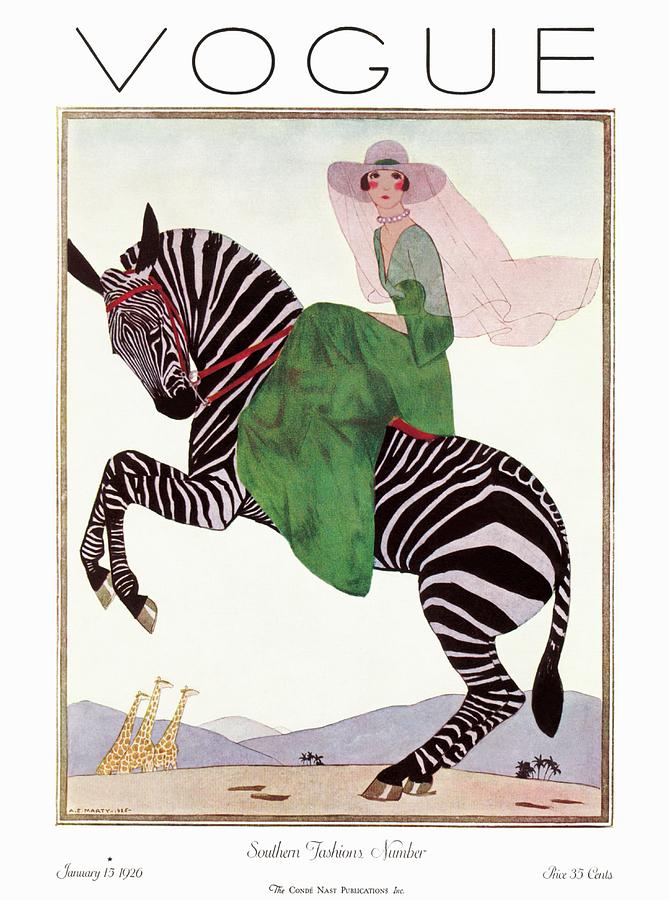


November 18, 2018 at 9:09 am
They are so clean and precise. Not sure I ever knew they were stencils.
LikeLike
November 18, 2018 at 10:20 am
Beautiful! 🙂
LikeLiked by 1 person
November 18, 2018 at 10:43 am
They certainly are!
LikeLiked by 1 person
November 19, 2018 at 2:14 pm
I like this style a lot. Lots of long, elegant, fluid lines and blocks of colour. I had no idea that stencils were used in their production so I thank you for the education.
LikeLiked by 1 person
November 19, 2018 at 4:40 pm
I was amazed to read about the process. Thank goodness I’m in the habit of looking up words I don’t know, or I would have missed it, too!
LikeLiked by 1 person
December 19, 2018 at 9:49 pm
OMG, stunning! I *love* these, so beautiful!
[You might want to delete the little typo in here: “I hope you enjoy seeings these…”]
LikeLiked by 1 person
December 19, 2018 at 10:43 pm
Thanks! (But I really do hope you enjoyed your seeings…)
LikeLiked by 1 person
December 20, 2018 at 10:50 am
😂
LikeLike
December 26, 2018 at 11:17 pm
Thank you for finding and sharing these.
LikeLiked by 1 person
December 26, 2018 at 11:30 pm
I’m glad you enjoyed them.
LikeLike
Pingback: Illustrations right out of the Parisian jazz age with a saxophone lingering behind somewhere. All of these being from 1919. André Édouard Marty, illustrator (1882-1974). – Toes in a Very Different Sand
August 1, 2019 at 7:33 am
Love the Art Deco fashion plates of André Édouard Marty & George Barbier!
LikeLiked by 1 person
August 1, 2019 at 7:37 am
They really are stellar!
LikeLike